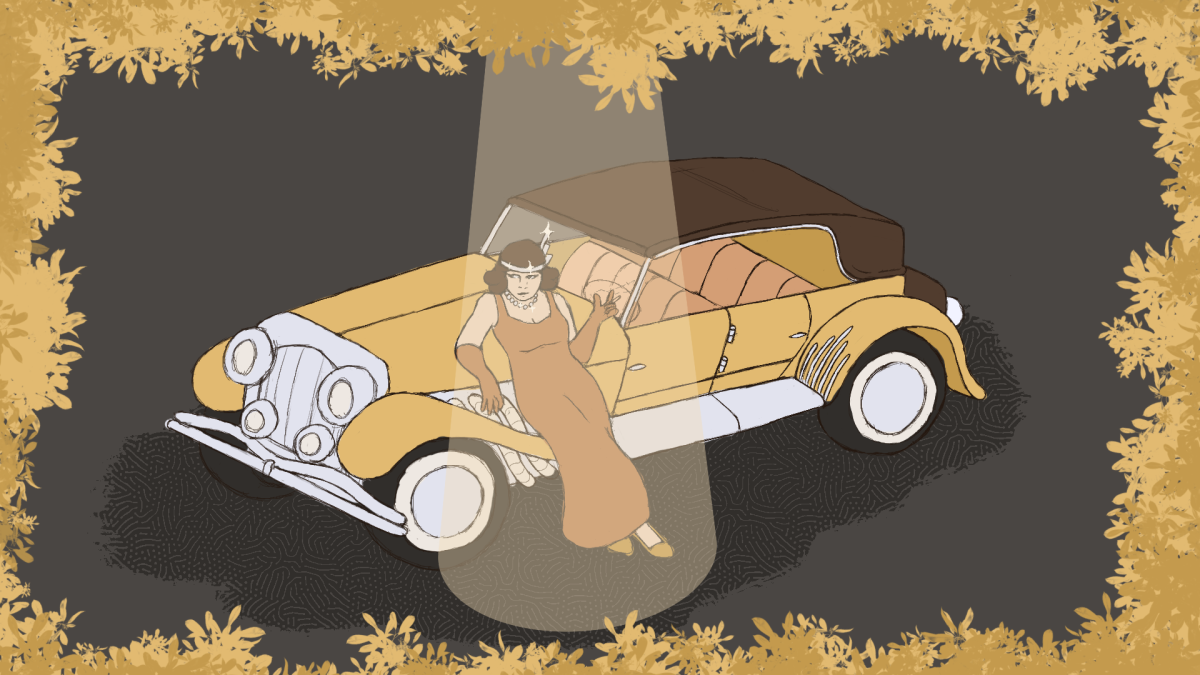When Black History Month rolls around each year, there’s this unspoken assumption non-Black folks should view the next 28 or 29 days as an educational experience. While learning about and appreciating the culture of a different group of people is certainly central to heritage history months, this doesn’t have to be accomplished by watching documentaries and reading scholarly articles or monographs. In fact, I think you can learn the most about the history of the Black experience in America by turning to old films.
History and entertainment are not mutually exclusive, which I learned firsthand in the African American cinema course I took last semester. AFS375 took me on a tour of Black film across the twentieth century, and some of the films on our syllabus — including “Do the Right Thing” and “Guess Who’s Coming to Dinner” — became a few of my favorite movies.
While this class made me pay attention to filmic composition, the content of the films themselves can be enjoyable and informative in their own right.
“Guess Who’s Coming to Dinner,” for example, is a 1967 film starring Sidney Poitier that explores the reality of interracial relationships in post-segregationist America. The plot follows a free-thinking white woman Joanna Drayton as she brings her Black fiance home to meet her parents.
This movie is unique in its approach to the history of interracial relationships for many reasons, one of which being that it was released the same year as the landmark Supreme Court case Loving v. Virginia decided interracial marriage was protected by the Constitution. However, I find this film the most enlightening and innovative for its exploration of the role of white liberal men in America after the passage of civil rights legislation.
The beauty of watching films like this is you’re able to learn without even realizing it.
Another informative and entertaining movie I watched in this class was “Imitation of Life,” a 1934 film confronting the deep-seated issue of racial identity. Delilah Johnson is a Black housemaid hired by widowed Beatrice Pullman. Delilah shares her pancake recipe with Beatrice and the two women start a thriving business on the Atlantic City boardwalk. Both women have daughters, and, in the midst of their successful entrepreneurship, the question of racial passing looms heavy over their lives.
Complicating this narrative more is the fact that the film was directed by a white man, John M. Stahl. While we can’t expect a white man to capture the essence of being Black in America at any point, Staul’s depictions of Black women in “Imitation of Life” offers a complex perspective on Jim Crow America in the 1930s.
There are amazing historic films about Blackness I watched outside of African American cinema as well. “A Raisin in the Sun” was originally a play by Lorraine Hansberry, inspired by her own experience in the segregated South Side of Chicago, that follows the impoverished Younger family as they grapple with the sudden fortune of a $10,000 life insurance check.
Interestingly, Hansberry borrowed the title from a poem by social activist and icon Langston Hughes which asks, “What happens to a dream deferred? Does it dry up like a raisin in the sun?” Therefore, the 1961 film adaptation brings to light questions of perseverance in a racially disenfranchised 1960s community.
This isn’t to say you shouldn’t watch documentaries or read educational texts. These forms of media can be entertaining as well.
Marlon Riggs made the documentary “Black Is, Black Ain’t” in 1994 while dying from AIDS. In the film, Riggs uses his grandmother’s gumbo recipe as an extended metaphor for the diverse experiences of the Black community, dissecting the myth that Blackness is a monolith.
Alice Walker’s novel “The Color Purple” has a 1985 film adaptation starring Whoopi Goldberg and Oprah Winfrey. Set over the span of a few decades at the start of the twentieth century in rural Georgia, both the film and the novel follow the story of Celie, a young Black girl who endures physical and sexual violence at the hands of the men in her life.
The story is about her awakening and is an illuminating tale about the complexities of Blackness and Black womanhood following the abolition of slavery. It also deals with issues of sexuality, bringing intersectionality into the conversation about Black history.
While many, if not all, of these films confront the idea of Black trauma, the fact that they’re a form of art and entertainment demonstrates Black history need not be boiled down to traumatic experiences. Our history, wrought with heartbreak and grit, is beautiful.
You don’t have to go out of your way to watch these films I’ve mentioned either. The NC State Library has access to a wide variety of streaming media, DVD and video collections. Sources like Digitalia Film Library have access to multilingual and multinational films from South America and Asia, while those like Kanopy provide access to films on HBO and BBC.
Additionally, the NC State Film Studies Program in the English Department offers a variety of film screenings and events throughout the year, so stay on the lookout for events during Black History Month and year round.














